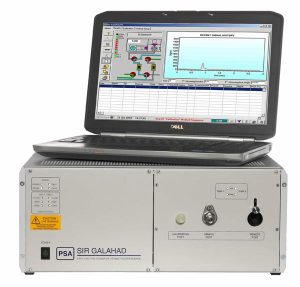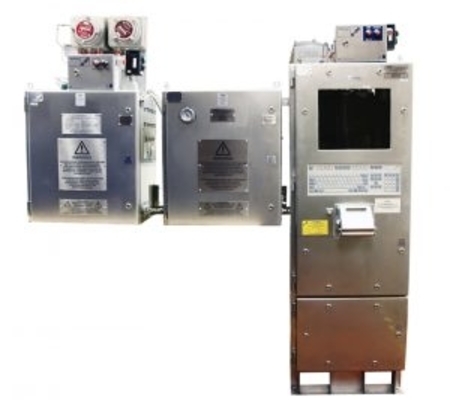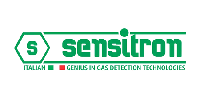M/s AIC specialises in the supply of gas analyser systems for ultra-low level detection of mercury, arsenic, selenium, antimony, tellurium and bismuth in all sample types.
We has the complete range of analytical systems to cover online analysis instrumentation which can measure mercury in fossil fuels, notably coal fired stack emissions and natural gas plants. The systems provide both measurement and control facilities which include a calibration system traceable to NIST standards. This means that the instrument can be regularly checked and in addition, the integrity of the sample can be validated easily.
There are now many online systems installed worldwide measuring mercury levels in natural gas, including liquefied natural gas applications. These systems are operating on a continuous basis and ensure the safe running of the plants where they are installed. AIC provides complete solutions; from sampling through to measurement and reporting . Our PSA Sir Galahad Mercury Analyser has staked its claim as the industry standard for mercury measurements in natural gas streams, conforming to the ISO 6978 and ASTM 6350 methods in natural gas streams having integrated vapour generation and atomic fluorescence detection into a single unit for maximum sensitivity. They can also be linked to separation techniques to provide speciation profiles of the elements in the sample matrix.




















